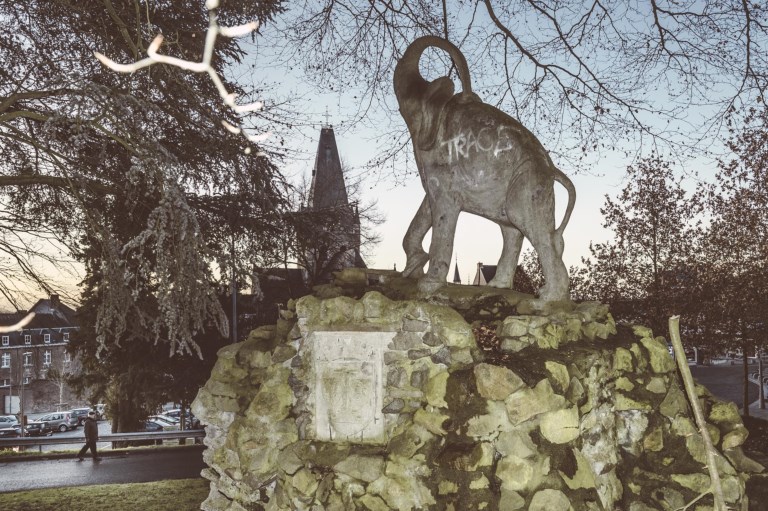Interesting times on the reparations/retaliations/restitution front. Not only do former colonized or enslaved communities ask for compensations regarding the losses suffered; also within former colonizing empires voices are raised to confront the past and think of ways to repair damage. Let me start the series with an example from my own country: Belgium.In this country we are still mostly trying to start opening a dialogue about the painful past events. Belgium is a small country, but quite big when it comes to the colonial damage inflicted around 1900 to the Congo and Rwanda, first by the King Leopold II and then by the Belgian state. It is still very hard for the political leadership to address the facts. Some are still trying to evade the questions by a strategy that has, by now, lost all effectiveness: by shutting up and hoping the problem will disappear by itself. We call it ‘ostrich politics’: burying our heads in the sand. Belgian intellectual Marc Reynebeau concludes his opinion piece: “Apparently (the city council) does not realize that also in this case, to shut up is to agree”.
The case is about the statue of an elephant standing in the park of the small town of Geraardsbergen, with a heroic Belgian colonial and some admiring Congolese people depicted along. The 1949 monument honors nine colonial citizens, ‘fallen in the service of civilization’. In fact only one of them, a priest, died in the Congo. Since a few years, citizens of Geraardsbergen are questioning the monument. To cite historic Idesbald Goddeeris: “The regime of Leopold II was one of the most murderous of his time. Do the Geraardsbergers that contributed to this, really need to be honored?”
Due to the protests, the city council decides to add a ‘disclaimer’ to the monument: ‘this is not a tribute to colonialism’. The citizens answer: ‘then what exactly is it?’. They invite the council to a debate. The council refuses: with the plate, all is said. It makes a fuzz in the press. Now the debate would take place. Yesterday January 7 2017. I am looking for news and will keep you posted.
Geraardsbergen is not the only city with citizens’ protests and textual additions to their colonial monuments. Ghent decided this in 2004, but the text was placed only in 2016. In Ostend, 2004, activists had sawed off the hand of a Congolese woman depicted in the monument ‘Gratefulness of the Congolese people’ with Leopold II (the king who had hands chopped off as a punishment for not delivering enough rubber). The council decided not to restore the statue. In 2016 it added a longer text, in which the controversy is addressed, to the monument. In Brussels a Leopold II statue was already painted red (for shame) in 2008 and a celebration of this king, planned by the city council in 2016, was cancelled after protests. Also in 2016, activists renamed ‘colonialist’ streetnames with those of famous Congolese activist. Beautiful example: the Leopold II tunnel in the capital became Patrice Lumumba tunnel.
This kind of activism is growing fast now. There are many more examples. And there will be more to come, I am certain. It is step 1, not to accept the symbols of the past oppression anymore.


